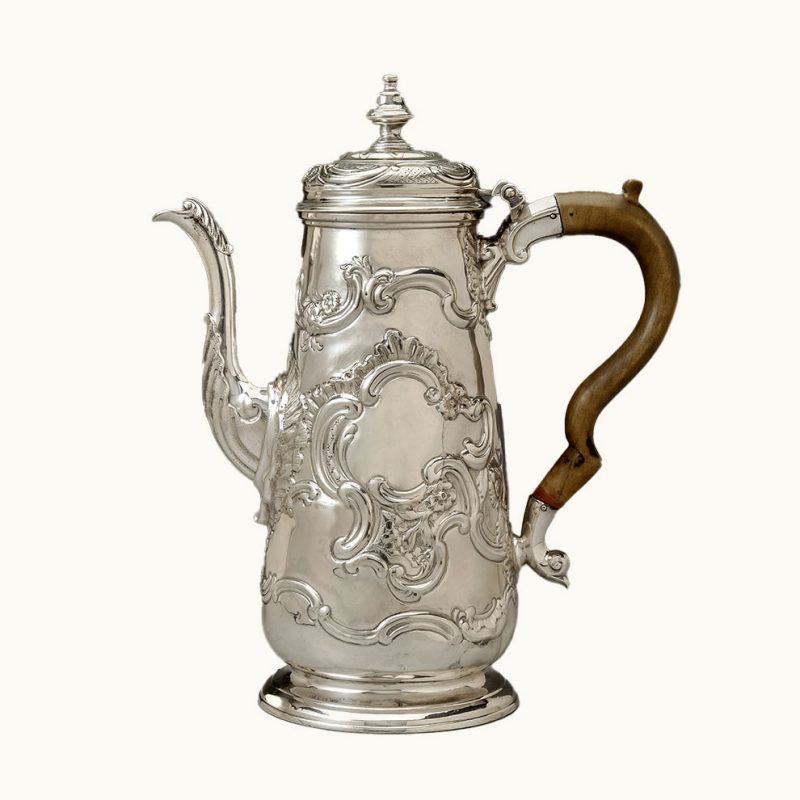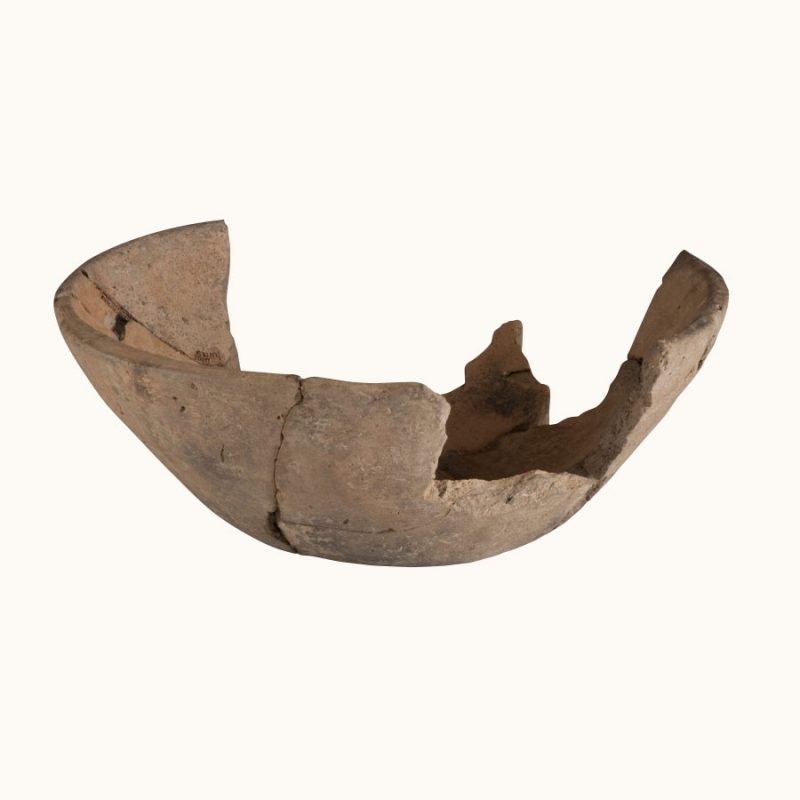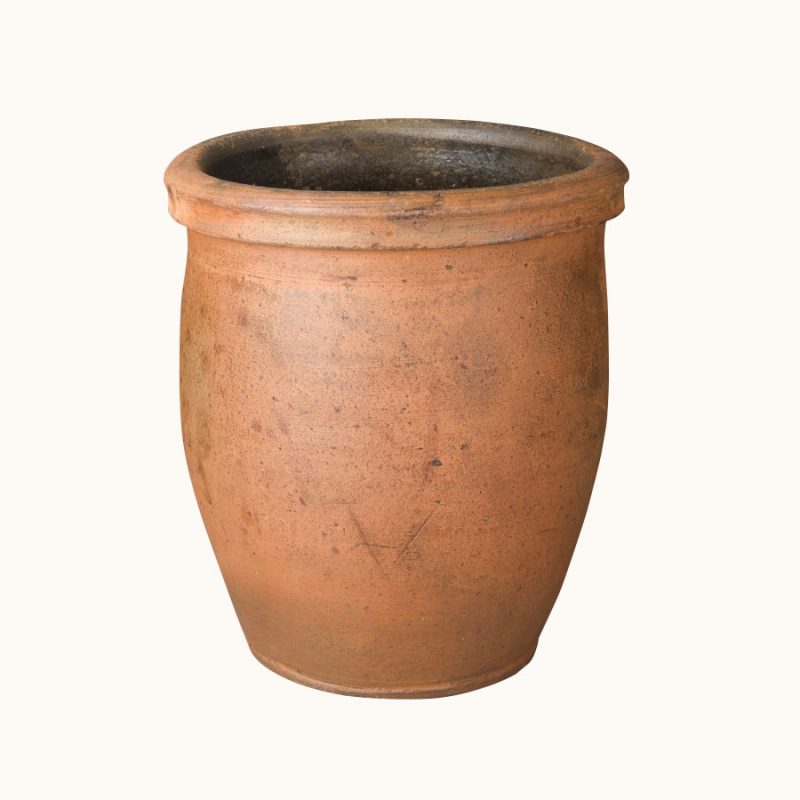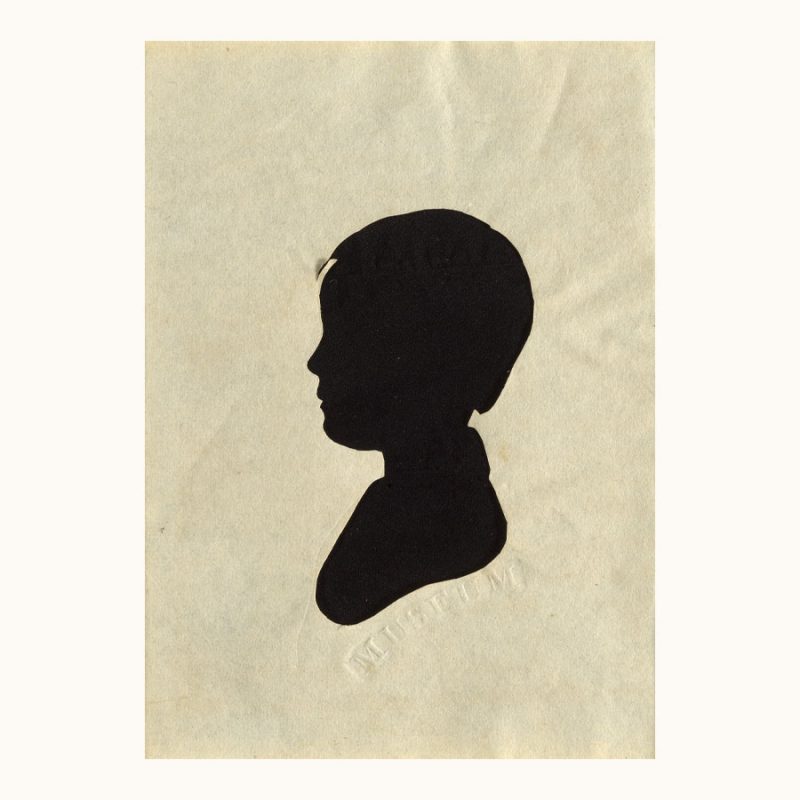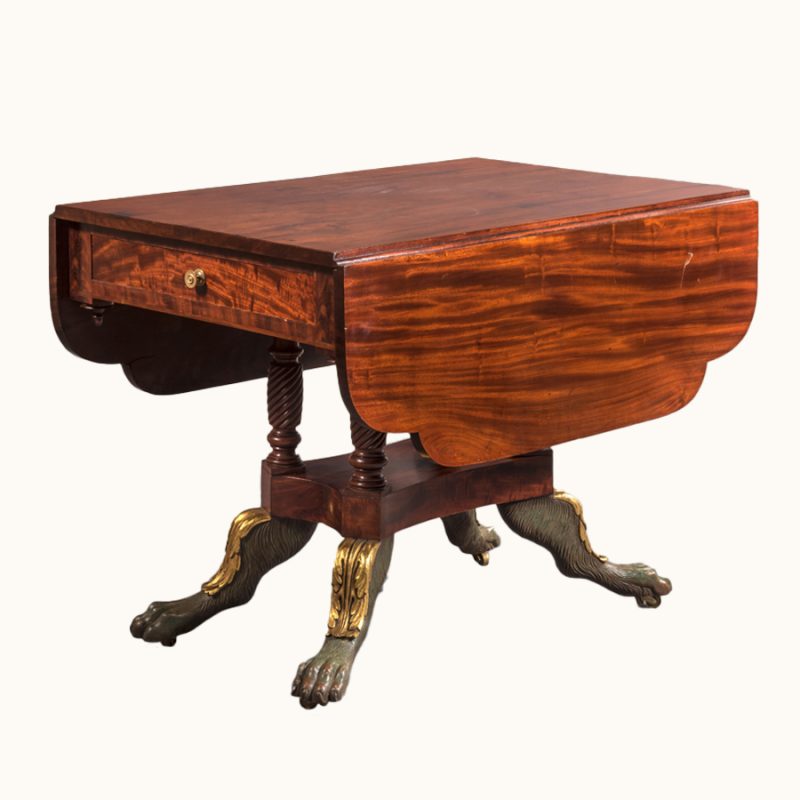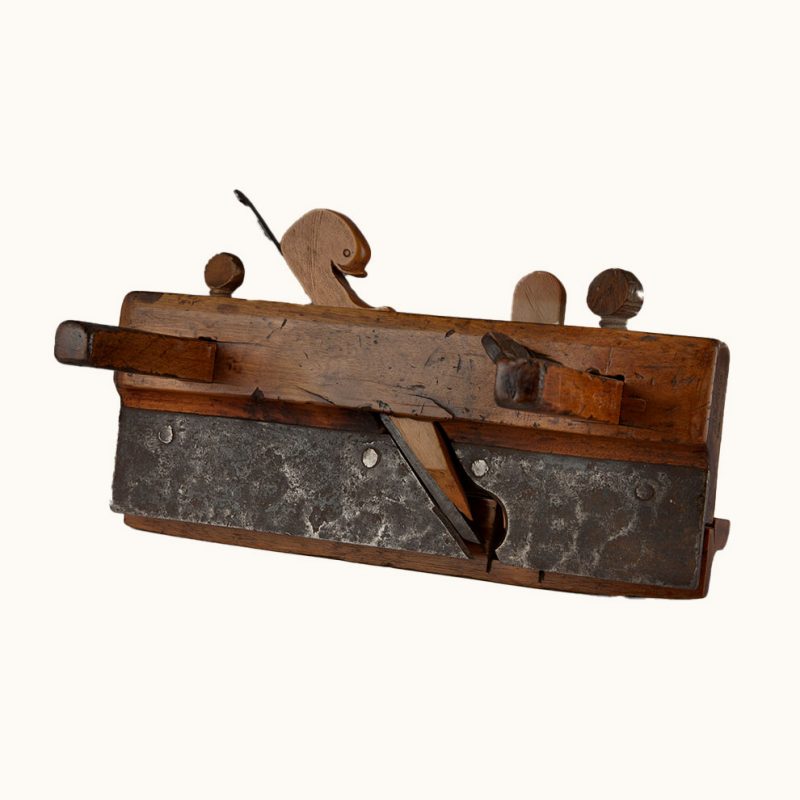Mastery
The objects here range from the elaborate to the utilitarian, showcasing the depth of skills mastered.

Home / Exhibition / Mastery
… there were slaves who were carpenters and workers in wood who could turn their hands to almost anything.”
Louis Hughes, formerly enslaved man who published his memoir, “Thirty Years A Slave: From Bondage to Freedom”, in 1897

Louis Hughes
Born enslaved near Charlottesville, Virginia, in 1832, Louis Hughes recounted how enslaved craftspeople used their knowledge and hands to make almost everything on the plantation. With their hands, enslaved artisans turned the natural world into objects and possessions, mastering mediums such as wood, clay, paper, and metals. Through the passage of knowledge from one enslaved person to another, enslaved people learned the best way to bend a board without breaking it, the appropriate ratio of water to clay necessary to mold a crock, how to hammer a sheet of silver to create a design, how to fashion tools that made work easier – yet beautiful, and they implemented this knowledge in their day-to-day labor. Their conversion of the natural world into the practical made it possible for enslavers and others to adorn their homes with the finest furnishings. Their richness of skill enabled them to perfect techniques of making and producing, which spurred learning. Enslaved craftspeople, as a result, often knew more than their enslavers about the creation of objects. The objects here range from the elaborate to the utilitarian, showcasing the depth of skills mastered.
Source: Hughes, Louis. Thirty years a slave. From bondage to freedom. The institution of slavery as seen on the plantation and in the home of the planter. Milwaukee, South Side Printing Company, 1897. Pdf. https://www.loc.gov/item/11021103/.

